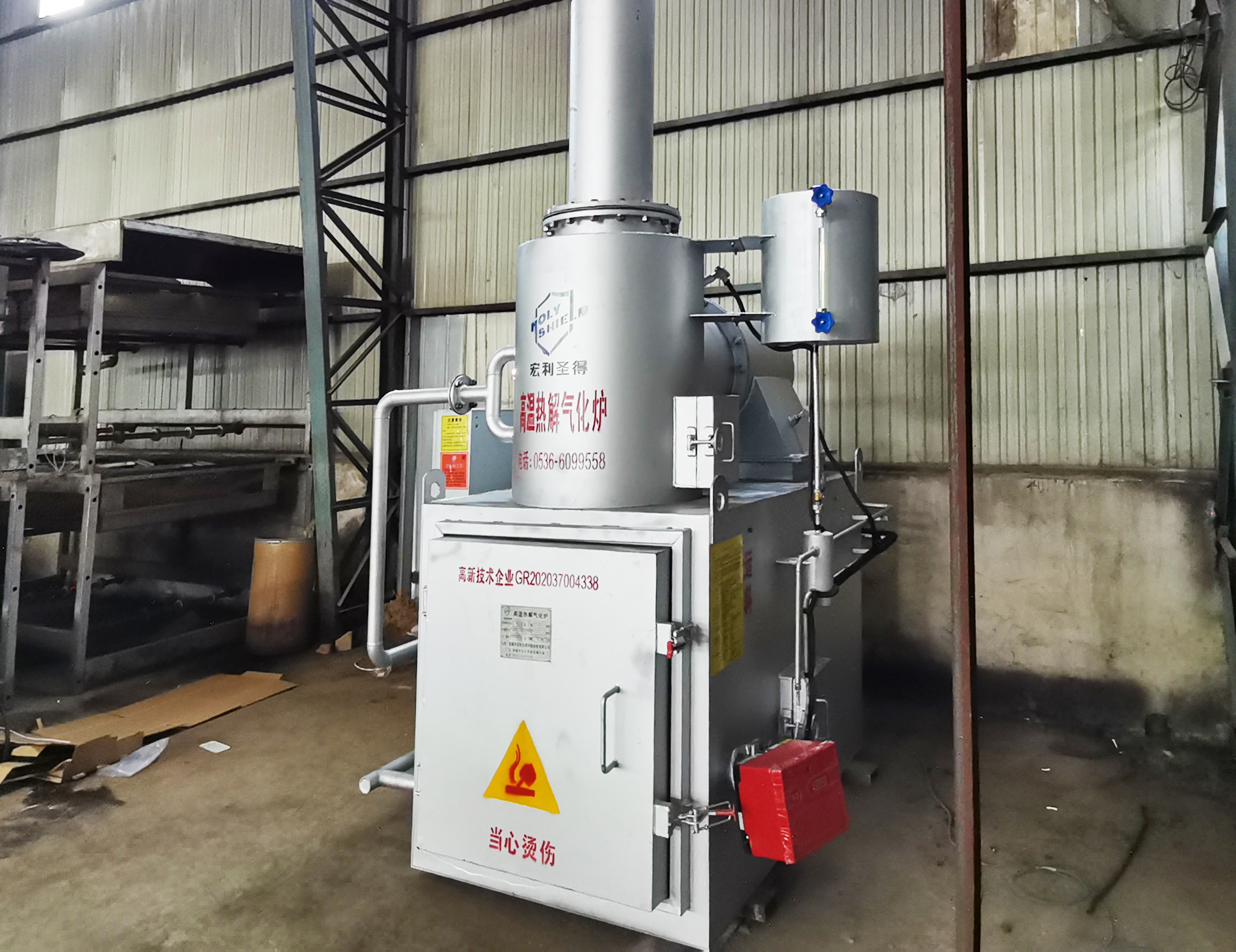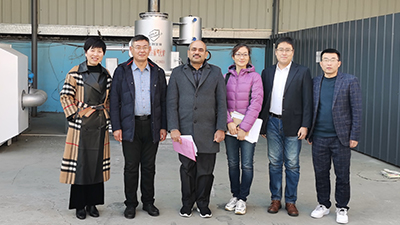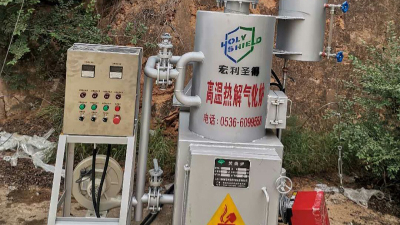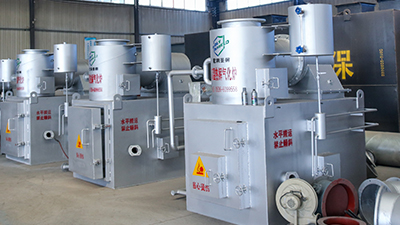



The Holy Shield incinerator adopts the most advanced incineration method of primary pyrolysis gasification + surrounding air co-combustion + secondary combustion and burn-out treatment. The design of the primary combustion chamber of the incinerator adopts the gasification incineration technology, so that the temperature in the incinerator is rapidly changed from 200 degrees to 400 degrees, and the garbage will not produce frit, slag, sintering and other problems during the incineration process.
 Compared with direct combustion furnaces and other furnaces, gasification incinerators produce very little dust due to the secondary incineration burner and annular air supply device installed in the secondary mixed combustion chamber. At high temperature, the combustible gas in the flue gas can be fully burned, and the solid particles in the flue gas generated by the gasifier can be fully mixed and burned with air efficiently, so as to prevent the solid particles in the flue gas from escaping and burning late. phenomenon occurs. When the flue gas enters the high temperature burnout chamber, the combustion-supporting methods such as tangential entry and tangential entry of combustion-supporting air are adopted, so that the flue gas can be burned in the burnout chamber, and the flue gas is dedusted by the rotating airflow, and the incineration flue gas is in the furnace. The residence time is more than 2 seconds, so that the combustible gas in the flue gas and the combustible material in the fly ash are completely incinerated.
Compared with direct combustion furnaces and other furnaces, gasification incinerators produce very little dust due to the secondary incineration burner and annular air supply device installed in the secondary mixed combustion chamber. At high temperature, the combustible gas in the flue gas can be fully burned, and the solid particles in the flue gas generated by the gasifier can be fully mixed and burned with air efficiently, so as to prevent the solid particles in the flue gas from escaping and burning late. phenomenon occurs. When the flue gas enters the high temperature burnout chamber, the combustion-supporting methods such as tangential entry and tangential entry of combustion-supporting air are adopted, so that the flue gas can be burned in the burnout chamber, and the flue gas is dedusted by the rotating airflow, and the incineration flue gas is in the furnace. The residence time is more than 2 seconds, so that the combustible gas in the flue gas and the combustible material in the fly ash are completely incinerated.